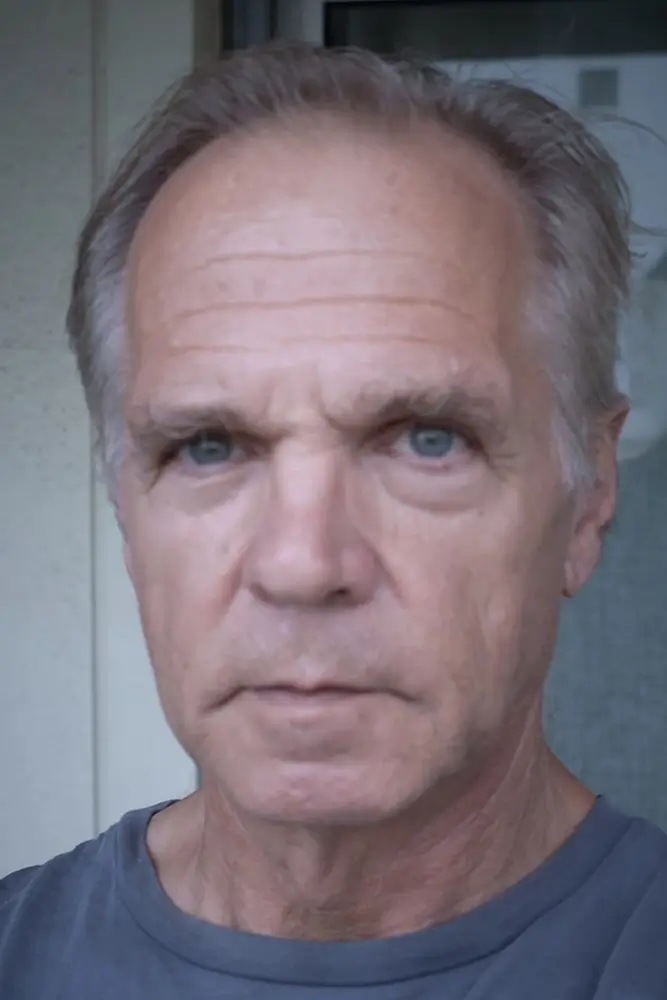I was born in Athens in 1960. Since photography was my father's hobby, I became familiar with darkrooms and all aspects of photography from a young age. I studied art history for two years at Paris X and later pursued photography at EFET. After completing my studies, I worked in a professional studio.
In 1989, I founded my own studio in Athens and began collaborating with magazines such as Elle Deco, Marie Claire, Elle, Figaro, and various advertising agencies. Alongside my professional work, I have always pursued my passion for personal photography..
The economic crisis impacted me significantly, and I moved to a smaller studio where I continue to work today. I have held two exhibitions in Greece and two in France, including at "La Maison de la Grèce" and a studio in Paris. In addition to my photography work, I teach at the Leica Academy in Athens. I have been married twice and have four children..
I would say that my approach to photography is more spontaneous and less conceptual. When working on my personal images, there isn’t a specific idea guiding my shots—it's more likely my subconscious driving the process. I enjoy revealing textures, but I’m not particularly fond of sharp definition, as I find it often distracts from the essence of the photo. I like experimenting and varying my work.
